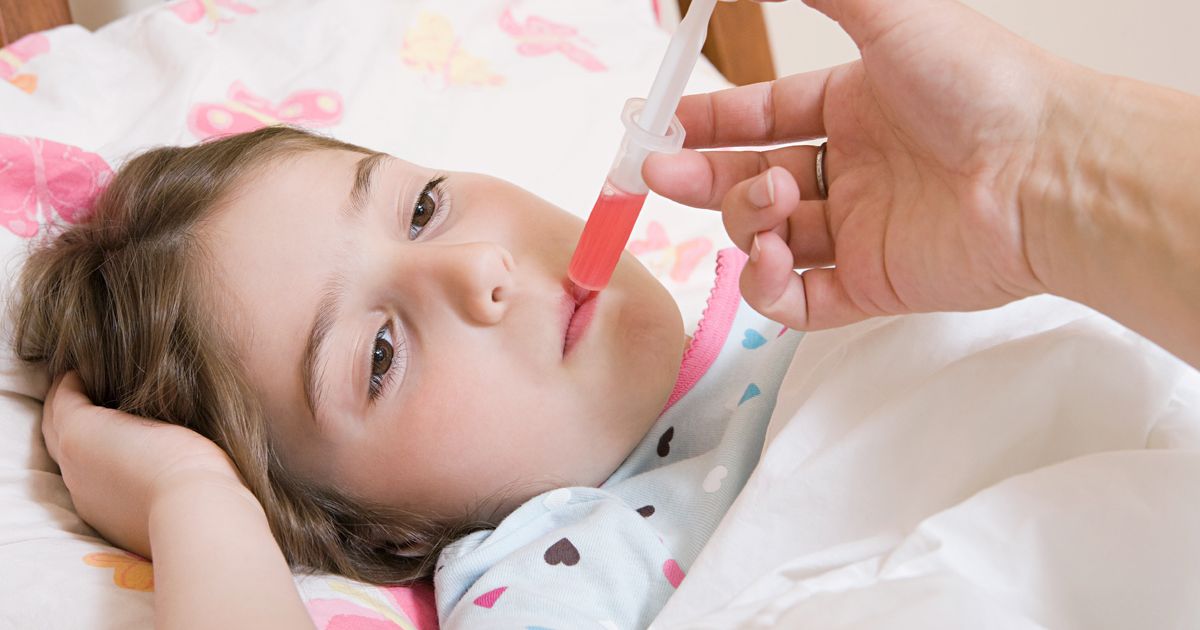Treatment Options For Impetigo
Impetigo, a common superficial bacterial skin infection, is highly contagious and primarily affects infants and children. Most often, impetigo is caused by Staphylococcus aureus, though group A beta-hemolytic streptococcus can also cause it. Ordinarily, the primary infection appears on the face, usually around the nose and mouth, as red sores. These sores burst, ooze for a few days, and then form yellow-brown honey-colored crusts, which are a characteristic sign of impetigo. Most commonly, this infection is seen during the warmer months. It is more common in children living in semi-tropical or tropical climates than in cooler regions. As well, impetigo is seen more often in children living in lower socioeconomic regions with poorer hygiene. A minor skin injury, such as a scratch or insect bite, can allow bacteria to enter through the broken skin, which can lead to impetigo. Get familiar with how to treat impetigo now.
Antibiotic Cream

Antibiotic cream is used to treat mild localized impetigo infections. The cream is applied directly on top of the sores. Since the cream is only applied where needed, it decreases the chance of antibiotic resistance occurring. It also avoids common gastrointestinal side effects that can occur when taking oral antibiotics, such as diarrhea and constipation. However, antibiotic cream does not come without its own side effects and can cause allergic reactions on the skin. The most common antibiotic cream physicians recommend is mupirocin two percent cream (Bactroban). Usually, the antibiotic cream is applied for seven days on the affected area.
Get familiar with the next method of treating impetigo now.
Oral Antibiotics

If the infection is quite large or using an antibiotic cream would be impractical, oral antibiotic therapy is another option for treatment. These antibiotics are also taken for seven days. Due to antibiotic resistance, erythromycin and penicillin are no longer routinely used to treat impetigo. However, resistance varies from region to region, and thus, healthcare providers should be aware of local resistance. The latest research suggests amoxicillin/clavulanate (Augmentin) and cephalosporins are both good options for treating impetigo infections. After twenty-four hours of taking the antibiotics, the infection is no longer considered contagious.
Learn more about how to treat impetigo now.
